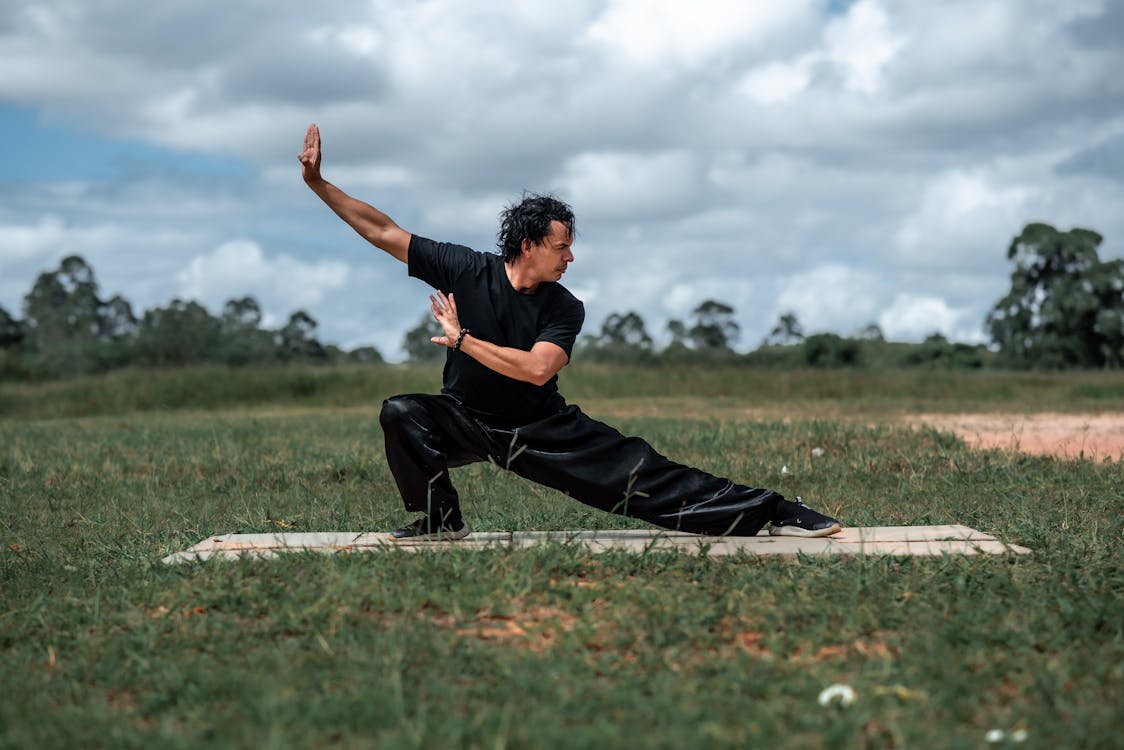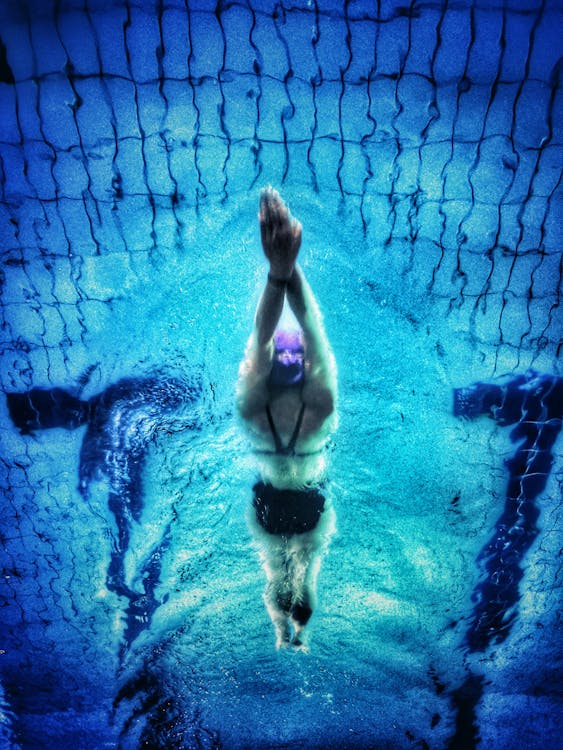Mindfulness in Motion: The Art of Integrating Meditation with Physical Exercise
In today's fast-paced world, finding moments of calm amidst the chaos can seem like a daunting task. However, the practice of mindfulness offers a powerful solution, allowing individuals to cultivate a sense of inner peace and presence, even in the midst of daily activities. One particularly effective way to incorporate mindfulness into your routine is by integrating meditation with physical exercise.

Mindfulness in motion is a holistic approach that combines the benefits of both meditation and exercise, offering a synergistic practice that enhances physical, mental, and emotional well-being. By bringing awareness to the present moment while engaging in movement, individuals can experience a deeper connection to their bodies, reduce stress, and improve overall health.
Understanding Mindfulness in Motion
At its core, mindfulness is the practice of paying attention to the present moment with openness, curiosity, and acceptance. It involves bringing awareness to the sensations, thoughts, and emotions that arise without judgment. When applied to physical exercise, mindfulness encourages individuals to focus their attention on the sensations of movement, the rhythm of the breath, and the overall experience of being in their bodies.

Integrating meditation with physical exercise involves incorporating mindfulness techniques into various types of movement, such as walking, running, yoga, or strength training. Rather than allowing the mind to wander or become consumed by distractions, individuals actively engage in the practice of staying present and attentive to their bodies and surroundings.
Benefits of Mindfulness in Motion

Enhanced Body Awareness: By tuning into the sensations of movement, individuals develop a deeper understanding of their bodies and how they function. This heightened awareness can lead to improved posture, movement efficiency, and injury prevention.
Reduced Stress and Anxiety: Mindfulness practices have been shown to reduce levels of stress hormones in the body, promoting relaxation and a sense of calm. When combined with physical exercise, mindfulness can further alleviate tension and anxiety, helping individuals to feel more grounded and centered.
Improved Focus and Concentration: Regular practice of mindfulness in motion can sharpen cognitive abilities and enhance mental clarity. By training the mind to stay present during exercise, individuals develop greater focus and concentration, both on and off the mat or track.
Emotional Regulation: Mindfulness practices cultivate emotional intelligence and resilience, allowing individuals to navigate difficult emotions with greater ease. By learning to observe thoughts and feelings without attachment, individuals can respond to challenging situations with clarity and compassion.
Overall Well-being: The combination of physical exercise and meditation promotes holistic well-being, addressing the needs of the body, mind, and spirit. Mindfulness in motion encourages a balanced lifestyle that fosters health, happiness, and fulfillment.
How to Practice Mindfulness in Motion

Choose Your Activity: Select an activity that allows for rhythmic movement and can be easily synchronized with your breath. Popular choices include walking, jogging, cycling, swimming, yoga, or tai chi. Experiment with different activities to find what resonates best with you.
Set Intentions: Before you begin, take a moment to set your intentions for the practice. Reflect on why you're engaging in mindfulness in motion and what you hope to gain from the experience. Setting intentions can help focus your attention and create a sense of purpose.
Warm Up: Start with a gentle warm-up to prepare your body for movement. Perform dynamic stretches or mobility exercises to loosen muscles and joints, allowing for greater ease of movement during your practice.
Focus on Breath: Begin your activity by focusing on your breath. Pay attention to the sensation of air entering and leaving your nostrils, the rise and fall of your chest, or the expansion and contraction of your belly. Use the breath as an anchor to bring your awareness into the present moment.
Tune into Sensations: As you continue with your activity, tune into the sensations of movement within your body. Notice the feeling of your feet connecting with the ground, the rhythm of your stride, or the flow of energy through your muscles. Be fully present with each sensation as it arises.
Stay Present: Whenever your mind begins to wander or become distracted, gently bring your focus back to the present moment. Notice any thoughts or emotions that arise without judgment, allowing them to pass like clouds in the sky. Return your attention to the sensations of movement and breath.
Engage Your Senses: Engage your senses fully as you move through your activity. Notice the sights, sounds, and smells of your surroundings. Feel the warmth of the sun on your skin, the cool breeze against your face, or the texture of the ground beneath your feet. Allow yourself to be fully immersed in the experience.
Cultivate Gratitude: Take moments throughout your practice to cultivate gratitude for your body and the opportunity to move. Appreciate the strength, flexibility, and vitality that allow you to engage in physical activity. Express gratitude for the present moment and the gift of life itself.
Cool Down: After completing your activity, take time to cool down and transition back to a state of rest. Perform static stretches or relaxation techniques to release tension and promote recovery. Allow your body and mind to relax and integrate the benefits of your practice.
Reflect: Take a few moments to reflect on your experience and any insights gained during your practice. Notice how you feel physically, mentally, and emotionally. Acknowledge any changes or shifts in your awareness and make note of any lessons learned for future sessions.
In conclusion, mindfulness in motion offers a transformative approach to physical exercise, allowing individuals to cultivate presence, awareness, and well-being. By integrating meditation with movement, individuals can experience the profound benefits of mindfulness both on and off the mat. Whether you're walking, running, or practicing yoga, embrace the opportunity to move mindfully and discover the profound joy of being fully present in the moment.

 Cricket Score Counter
Cricket Score Counter Heads or Tails
Heads or Tails
You have not logged in, please Login to comment.